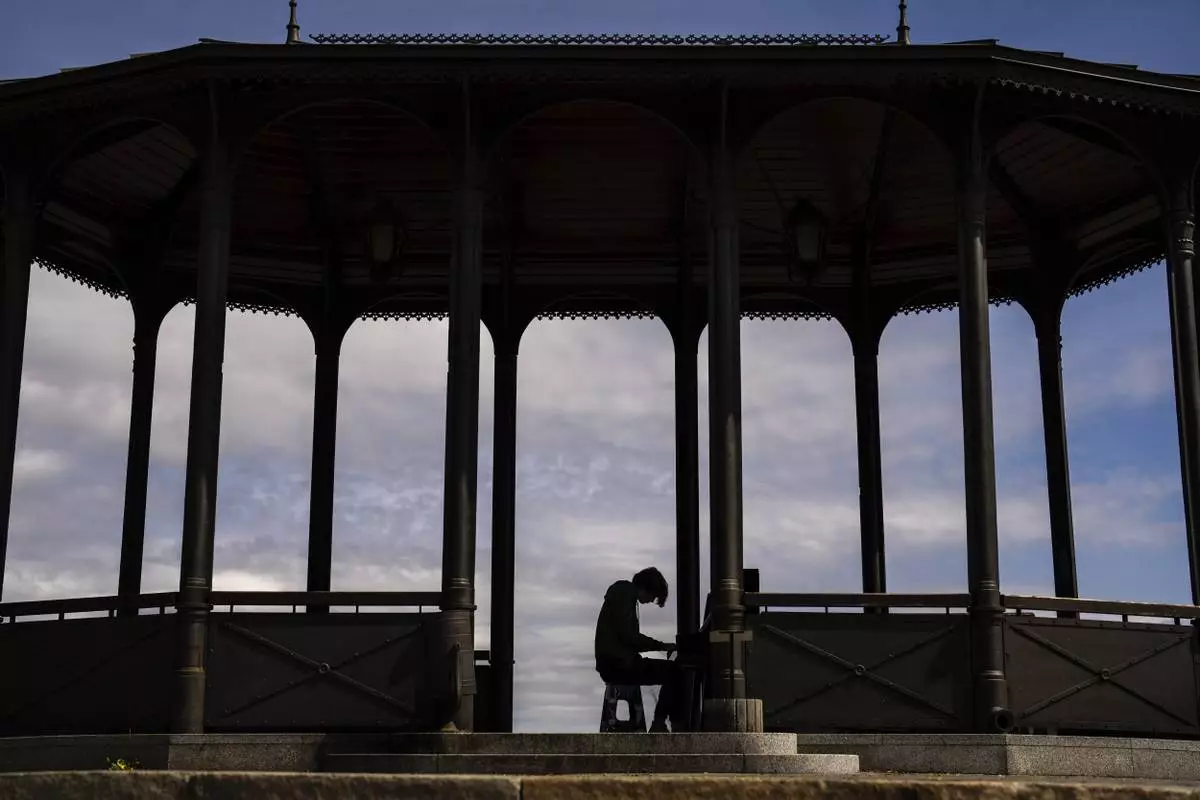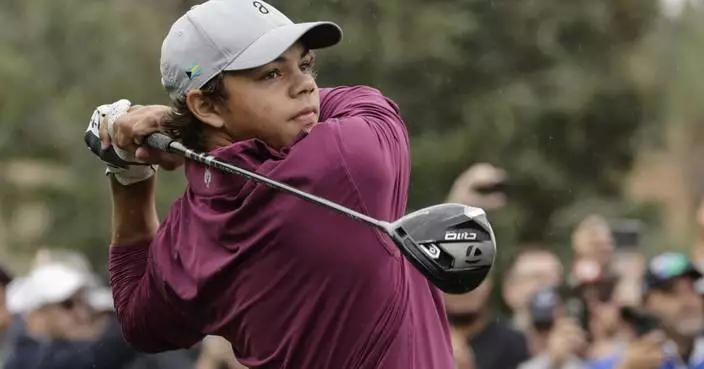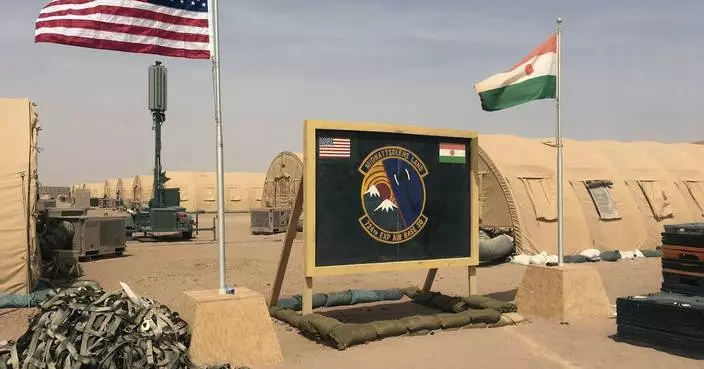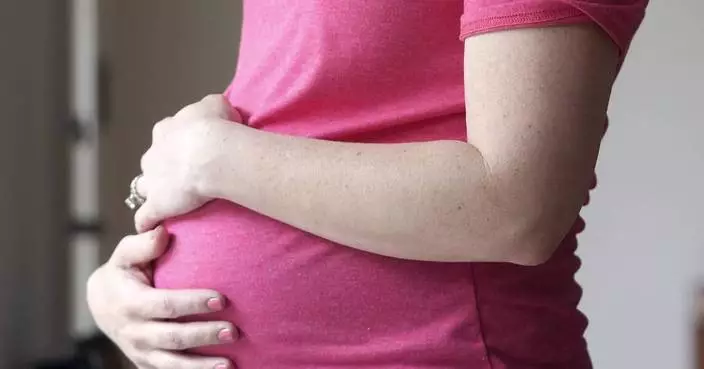Numerous police departments nationwide are not adequately identifying or reporting cases of missing and murdered indigenous women and girls as concerns mount over the level of violence they often face, according to a study released by a Native American nonprofit Wednesday.
The report from the Seattle-based Urban Indian Health Institute, the research arm of the Seattle Indian Health Board, was conducted over the past year amid worry in tribal communities and cities that Native American and Alaska Native women are vanishing in high numbers, despite a lack of available government data to identify the full scope of the problem.
Researchers said they identified some 500 missing persons and homicide cases involving Native American women in 71 cities after reviewing data obtained through media reports and public records requests sent to police departments.

FILE--In this July 13, 2018, file photo, a woman performs a traditional Native American dance during the North American Indian Days celebration on the Blackfeet Indian Reservation in Browning, Mont. A study released by a Native American non-profit says numerous police departments in cities nationwide are not adequately identifying or reporting cases of missing and murdered indigenous women. (AP PhotoDavid Goldman, file)
They reviewed cases dating back to the 1940s, though roughly two-thirds were from the past eight years, according to Annita Lucchesi, a cartographer and descendant of the Cheyenne whose database of missing and murdered indigenous women in the U.S. and Canada was the basis for the research.
In total, she has a list of some 2,700 names. Of the cases included in the report on U.S. cities, a quarter represented missing persons cases, and just more than half were homicides.
Researchers said they expect their figures to represent an undercount, in part, because some police departments in cities with substantial Native American populations — such as Albuquerque and Billings, Montana — did not provide figures in response to records requests, or because Native American victims may have been identified as belonging to another race.
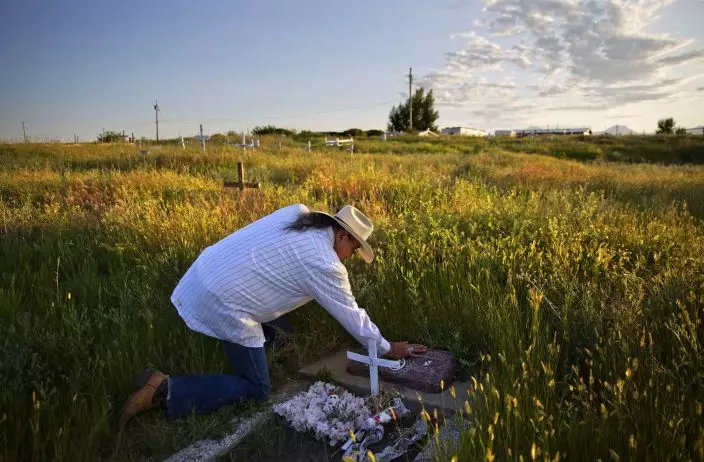
FILE--In this July 14, 2018, file photo, Kenny Still Smoking touches the tombstone of his 7-year-old daughter, Monica, who disappeared from school in 1979 and was found frozen on a mountain, as he visits her grave on the Blackfeet Indian Reservation in Browning, Mont. A study released by a Native American non-profit says numerous police departments in cities nationwide are not adequately identifying or reporting cases of missing and murdered indigenous women. (AP PhotoDavid Goldman, file)
"What it does show is, yes, this is happening," said Abigail Echo-Hawk, who is the director of the Urban Indian Health Institute. "But there has to be major changes to the way data is collected."
U.S. Sen. Lisa Murkowski, R-Alaska, joined other lawmakers and representatives of the Urban Indian Health Institute to review the report's findings Wednesday in Washington. Its release comes as multiple bills at the state and federal level have been proposed to address the issue and improve data collection.
In Washington state, for example, a law was enacted in June that requires the State Patrol to conduct a study to examine how to improve the collection and sharing of information about missing Native American women. The study also will develop an estimate of how many Native women are missing in the state.

FILE--In this July 14, 2018, file photo, a makeshift memorial stands near the scene where Charlene Mancha was murdered by her husband last year on the Blackfeet Indian Reservation in Browning, Mont. A study released by a Native American non-profit says numerous police departments in cities nationwide are not adequately identifying or reporting cases of missing and murdered indigenous women. (AP PhotoDavid Goldman, file)
The state is home to 29 tribes. A report to the Legislature is expected in June.
In Congress, meanwhile, a bill to expand tribal access to some federal crime databases, establish protocols for handling cases of missing and murdered Native Americans, and require annual reports on the number of missing and murdered Native American women was set for a hearing Wednesday.
It was introduced last year by North Dakota Sen. Heidi Heitkamp, a Democrat who lost her bid for re-election last week. She named the bill Savanna's Act in honor of Savanna LaFontaine-Greywind, a 22-year-old who was brutally killed in Fargo, North Dakota, in 2017 while eight months pregnant.
Her body was found in a river, wrapped in plastic and duct tape, after a neighbor cut her baby girl from her womb. The child survived and lives with her father.
Brooke Crews admitted to the killing and was sentenced to life in prison without parole earlier this year. Her boyfriend William Hoehn was sentenced last month to life in prison with a chance at parole for conspiring to kidnap the baby and lying to police about it.
Heitkamp has said that if authorities had more accurate statistics, they might be able to detect patterns to help solve more cases. The authors of the nonprofit's report share that opinion. But they also point out that the legislation's data collection mandates likely would not include LaFontaine-Greywind herself.
That's because the bill would largely set mandates for federal law enforcement, which has some jurisdiction over crimes on reservations and other tribal lands but not municipalities.
LaFontaine-Greywind had been killed in Fargo, a city beyond the boundaries of any of North Dakota's reservations.
The report underscores U.S. Census figures showing that a majority of Native Americans now live in urban areas. The study's authors said that shows the urgent need for including cases stemming from cities in reforms.



